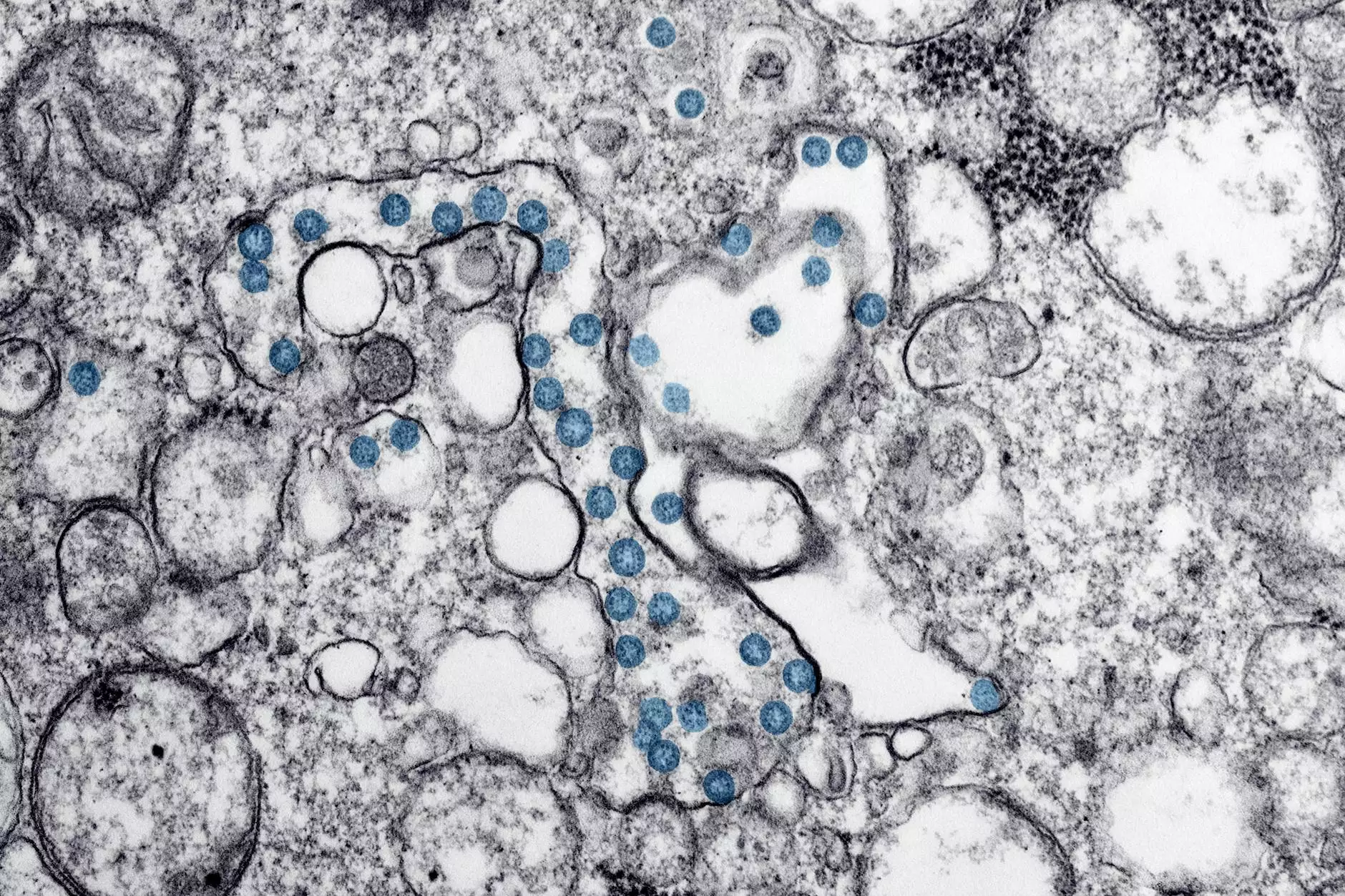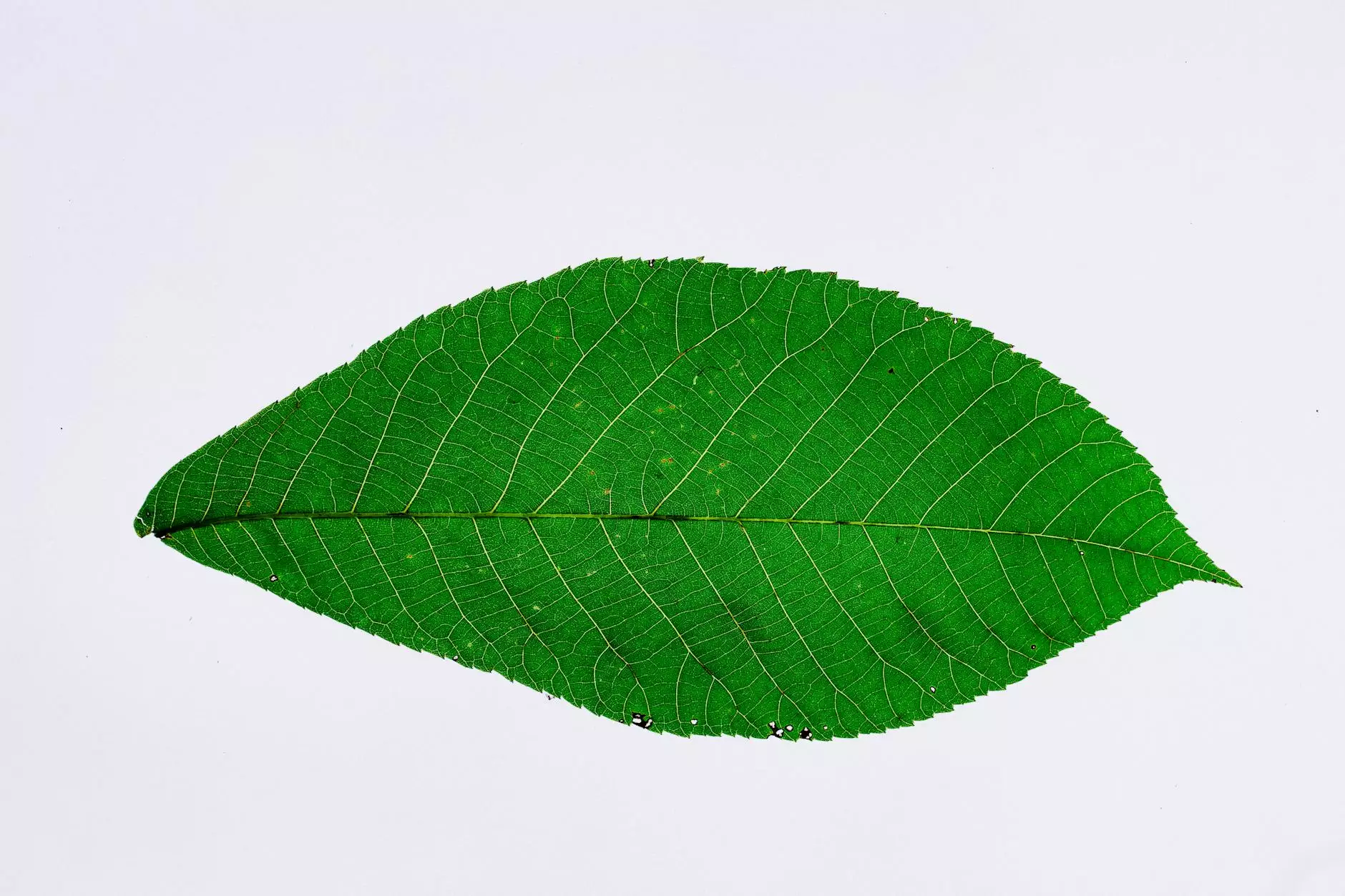Stasis Dermatitis: Understanding and Treating This Vein Condition

Introduction
Welcome to Truffles Vein Specialists, your trusted source of information and solutions for all things related to veins and vascular medicine. In this comprehensive article, we will explore the topic of Stasis Dermatitis, a common vein condition that affects many individuals. Our expert doctors in the field of vascular medicine are here to offer valuable insights and effective treatment options for this condition.
What is Stasis Dermatitis?
Stasis Dermatitis, also known as venous stasis dermatitis or varicose eczema, is a skin condition that typically occurs in individuals with underlying venous insufficiency or varicose veins. It is characterized by inflammation, itching, and redness of the skin, usually in the lower legs and ankles.
Causes and Risk Factors
Stasis Dermatitis develops due to impaired blood flow in the veins, leading to fluid accumulation and increased pressure in the affected area. The condition is more commonly found among individuals with a history of venous insufficiency, varicose veins, or deep vein thrombosis (DVT). Other factors that may contribute to the development of Stasis Dermatitis include:
- Obesity: Excessive weight can put added pressure on the veins, affecting proper blood flow.
- Prolonged standing or sitting: Occupations or lifestyle habits that involve prolonged periods of standing or sitting can worsen venous insufficiency and contribute to Stasis Dermatitis.
- Pregnancy: Hormonal changes and increased blood volume during pregnancy can predispose women to develop Stasis Dermatitis.
- Aging: As we age, the valves in our veins may weaken, increasing the risk of venous insufficiency and related conditions.
Symptoms of Stasis Dermatitis
The symptoms of Stasis Dermatitis can vary from mild to severe, and may include:
- Redness and discoloration of the skin, often resembling a rash or an irritated patch
- Itching and tenderness in the affected area
- Swelling, particularly towards the end of the day or after prolonged periods of standing
- Crusted or weeping skin, which may develop into open sores or ulcers if left untreated
- Thickened and hardened skin texture, due to chronic inflammation
Diagnosing Stasis Dermatitis
If you suspect you have Stasis Dermatitis, it is crucial to consult with a qualified healthcare professional. Our esteemed Doctors at Truffles Vein Specialists specialize in diagnosing and treating various vein conditions, including Stasis Dermatitis. During a consultation, the doctor will thoroughly examine the affected area and may request additional diagnostic tests such as:
- Venous Doppler Ultrasound: This non-invasive imaging test allows the doctor to assess the blood flow in your veins and identify any underlying venous insufficiency.
- Complete Medical History Evaluation: The doctor will inquire about your symptoms, medical history, family history, and lifestyle factors to gather a comprehensive understanding of your condition.
Treatment Options
At Truffles Vein Specialists, we offer a range of effective treatment options to manage and alleviate the symptoms of Stasis Dermatitis. Your treatment plan will be tailored to your specific condition and may include:
1. Compression Therapy
Compression stockings or bandages are commonly prescribed to improve blood flow and reduce swelling in the affected area. They work by exerting graduated pressure on the veins, helping to prevent fluid accumulation and promoting healthy circulation.
2. Topical Medications
Depending on the severity of your Stasis Dermatitis, the doctor may recommend topical medications such as corticosteroids or topical antibiotics to reduce inflammation, control itching, and prevent infection.
3. Lifestyle Modifications
Our experts stress the importance of making certain lifestyle changes to manage Stasis Dermatitis effectively. These may include:
- Regular exercise: Engaging in low-impact activities like walking or swimming can promote healthy blood flow and overall vein health.
- Elevating your legs: Raising your legs above heart level whenever possible can help reduce swelling and relieve symptoms.
- Maintaining a healthy weight: Achieving and maintaining a healthy weight can alleviate excess pressure on your veins and minimize the risk of complications.
- Wearing loose-fitting clothing: Opting for loose, breathable clothing can help prevent further irritation and promote comfort.
4. Minimally Invasive Procedures
In cases where conservative measures prove ineffective, our skilled doctors may recommend minimally invasive procedures to address the underlying venous insufficiency causing Stasis Dermatitis. These procedures include:
- Endovenous Laser Treatment (EVLT): This advanced procedure uses laser energy to close off and seal dysfunctional veins, redirecting blood flow to healthier veins.
- Sclerotherapy: A safe and effective treatment where a solution is injected into affected veins, causing them to shrink and eventually fade away.
- VenaSeal: This innovative procedure utilizes a medical adhesive to seal off problematic veins, rerouting the blood and reducing symptoms.
Conclusion
Stasis Dermatitis is a common vein condition that can significantly impact an individual's quality of life. However, with proper understanding, diagnosis, and treatment, the symptoms can be effectively managed or even eliminated. Trust Truffles Vein Specialists, the leading experts in vascular medicine, to provide you with comprehensive information and personalized solutions for Stasis Dermatitis. Take the first step towards healthier veins and improved well-being by scheduling a consultation with our experienced doctors today.
Disclaimer: This article is for informational purposes only and should not be considered as medical advice. Please consult with a qualified healthcare professional for proper diagnosis and treatment.
https://www.trufflesveinspecialists.com/vein-conditions/stasis-dermatitis/








